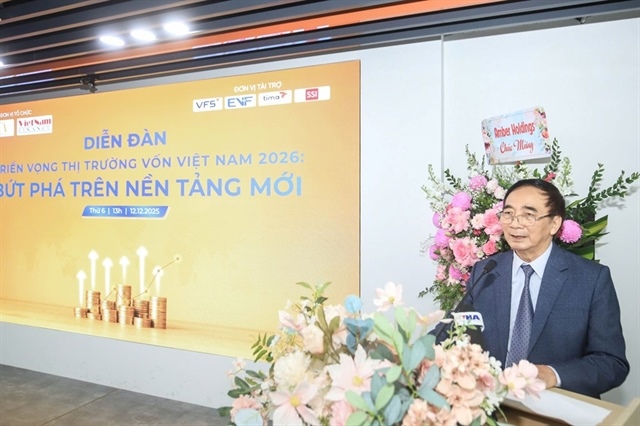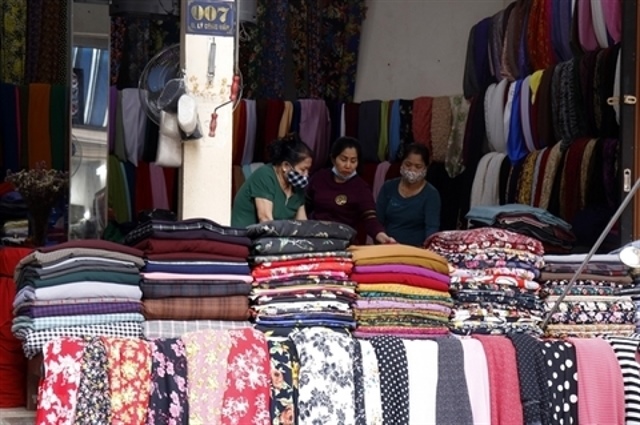Vietnam to Cut Deposit Rate Cap to Spur Economic Growth
![]() Vietnam to Cut Deposit Rate Cap to Spur Economic Growth
Vietnam to Cut Deposit Rate Cap to Spur Economic Growth
Vietnam’s central bank will cut the dong deposit rate cap by two percentage points next week as policy makers attempt to revive the economy and encourage more lending to businesses.
The cap will be 9 percent from 11 percent currently and will take effect June 11, State Bank of Vietnam Governor Nguyen Van Binh told the National Assembly yesterday. The reduction will support companies and is in line with easing consumer price gains that are at their lowest since 2010, Binh said. Declines in borrowing costs still don’t “meet the needs of businesses,” he said.
A slowdown in the Vietnamese economy is hurting companies amid a credit crunch after the central bank raised borrowing costs last year to fight what was then the fastest inflation in Asia. Gross domestic product grew 4 percent in the first quarter, the slowest since 2009, and the pace of expansion for the full year may be as low as 5.2 percent, deputy minister of Planning & Investment Cao Viet Sinh, said in an interview this week.
“The central bank is trying to reduce the funding cost of banks, hoping that banks will pass on the benefit to the ultimate consumer,” said Prakriti Sofat, a Singapore-based economist at Barclays Plc. “The move will likely encourage more consolidation in the banking sector, in line with what the central bank wants, since weak banks may find it difficult to source funding.”
Vietnam’s move to spur growth coincides with China’s cut yesterday of its interest rates for the first time since 2008.
Access to Funds
Companies are still finding it hard to access cheap funds from banks, Nguyen Thi Kim Ngan, deputy chairwoman of the legislative body, said yesterday. Current lending rates are currently as high as 18.5 percent, according to a central bank statement on its website June 6.
The central bank lowered its refinancing rate, discount rate and repurchase rate by one percentage point in each of the last three months.
The Vietnamese government asked the central bank to speed up lending-rate cuts after consumer-price gains eased, according to a resolution on the government website May 10. Inflation slowed to a 21-month low of 8.34 percent in May. Binh forecasts consumer prices will rise 0.2 percent in June from May and the end of the year inflation rate will be 7 percent to 8 percent.
“If this is followed by cuts in other policy rates, it might be interpreted that the government is over-concerned about stimulating growth,” said Kevin Snowball, the HCM City- based chief executive of PXP Vietnam Asset Management. “If this is not followed by cuts in other policy rates, then it creates more of a net interest margin, which may encourage banks to make more loans.”
The central bank has injected about 180 trillion dong ($8.6 billion) into the economy, Binh said, calling it a “huge” amount.
“Liquidity in the banking system has improved significantly,” he said.
Bloomberg


























